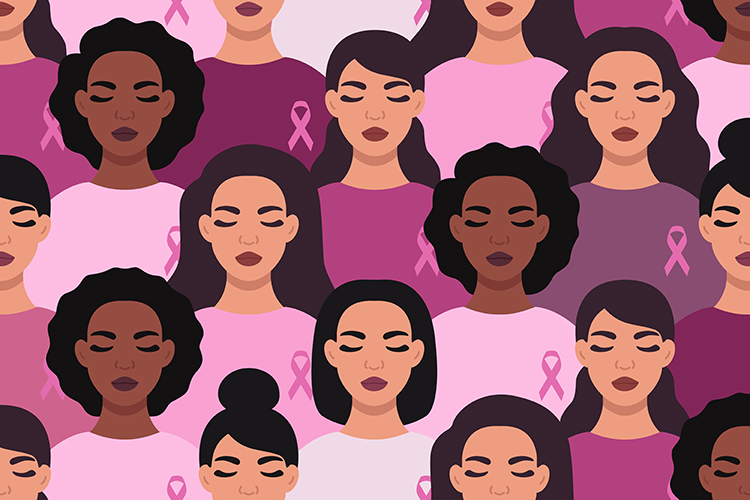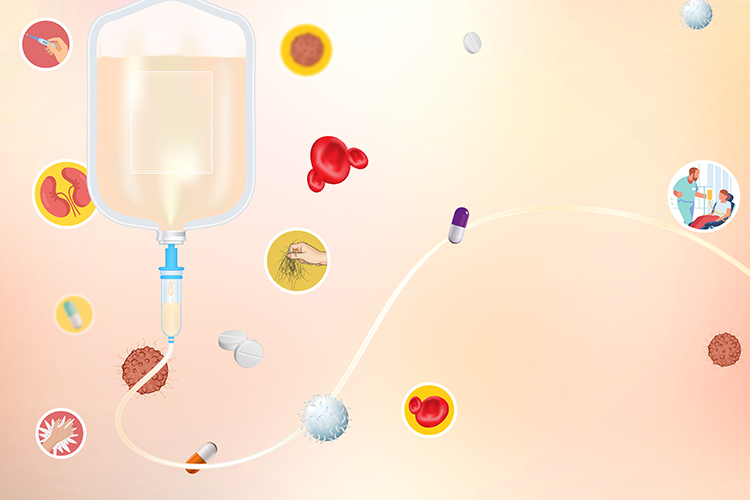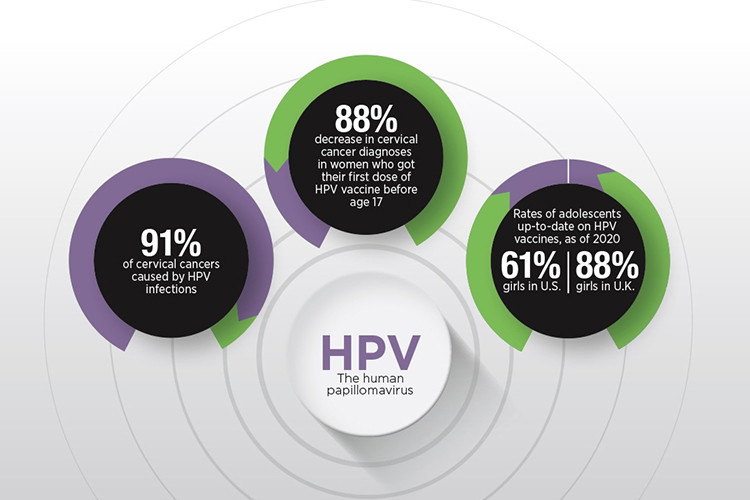NEWS OF NEW TREATMENTS and screening tools compete for headlines daily with news about trends in diagnosis and new understanding about the causes of cancer. It can be hard for a casual reader to tell how all the research and approvals are actually affecting care for cancer.
For National Cancer Research Month, celebrated in May, revisit some of the Cancer Today stories that zoomed out to look at the larger picture of cancer progress over the years.
Breast Cancer Survival Rates Continue to Rise

The three decades spanning 1989 to 2020 saw a substantial improvement in the survival rate for women diagnosed with breast cancer. According to a report from the American Cancer Society, the overall breast cancer death rate dropped 43% in that period, and recent data show the 15-year relative survival rate is 80%.
Despite the encouraging findings, more progress needs to be made. Breast cancer remains the second most diagnosed cancer among women in the U.S., and disparities persist, with Black women found to have lower survival compared with white women.
A Gentler Treatment Course

Progress is seen not just in survival, but also in the experience of treatment. Despite a variety of new treatment options, chemotherapy is a mainstay of cancer treatment, and its reputation for bringing unpleasant side effects is well known. But with new tools and medicines to predict and manage side effects, chemotherapy management has improved by leaps and bounds.
“From a historical perspective, things have really gotten so much better. It really is like night and day compared to the early chemotherapy days, even compared to the ’80s and ’90s,” says Nicole Kuderer, medical director of the Advanced Cancer Research Group, an independent research collaborative based in Kirkland, Washington.
Will We Make the Moonshot?

In 2022, President Joe Biden relaunched the Cancer Moonshot, an initiative to advance cancer research and treatment, with the goal of cutting U.S. cancer mortality by 50% over the next 25 years. A report in Cancer Discovery (a journal from the American Association for Cancer Research, which also publishes Cancer Today) compared the goal with current trends to quantify how much progress would be needed to reach the Cancer Moonshot goal.
Among the findings were projected declines in mortality for lung, colorectal and breast cancer. And while the years 2016 to 2019 showed a 2.3% annual drop in the overall cancer death rate, that number would have to improve to hit the goal set for 2047.
HPV Vaccine Prevents Cancer

More than 90% of all cervical cancer case in the U.S. are caused by the human papillomavirus (HPV), but the introduction of a vaccine, the first version of which reached the market in 2006, came with hope of lowering the risk for this cancer type. Early studies found the shots were effective at preventing infection with the targeted HPV strains, but as they had to be administered at a young age, studies linking the vaccines to lower cancer risk took longer to develop.
In late 2021, two studies were able to show a lower risk of cervical cancer in young women who were vaccinated at the recommended age. One study, published in the Lancet, found the disease was nearly eliminated in young women who were vaccinated between the ages of 12 and 13.
Cancer Today magazine is free to cancer patients, survivors and caregivers who live in the U.S. Subscribe here to receive four issues per year.





